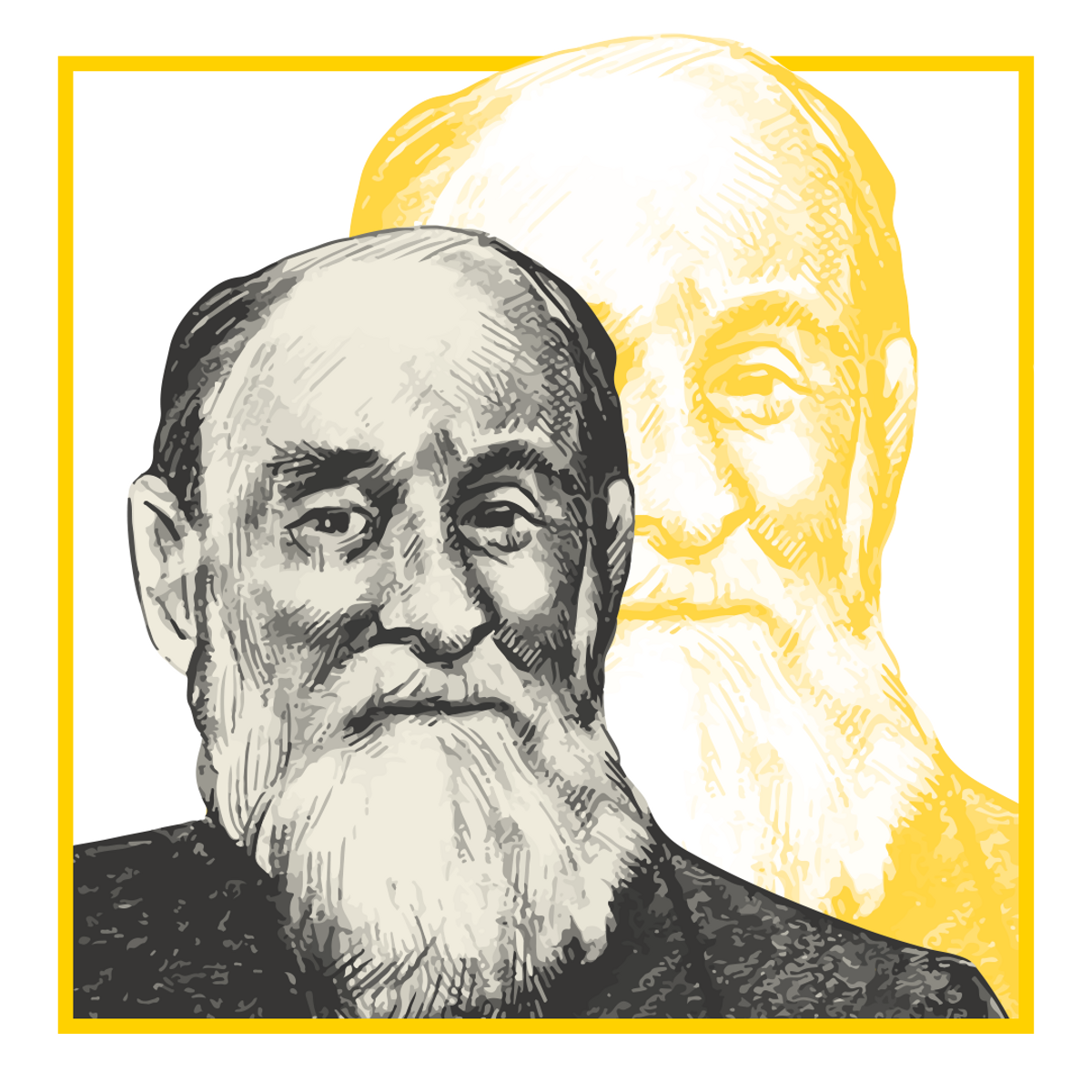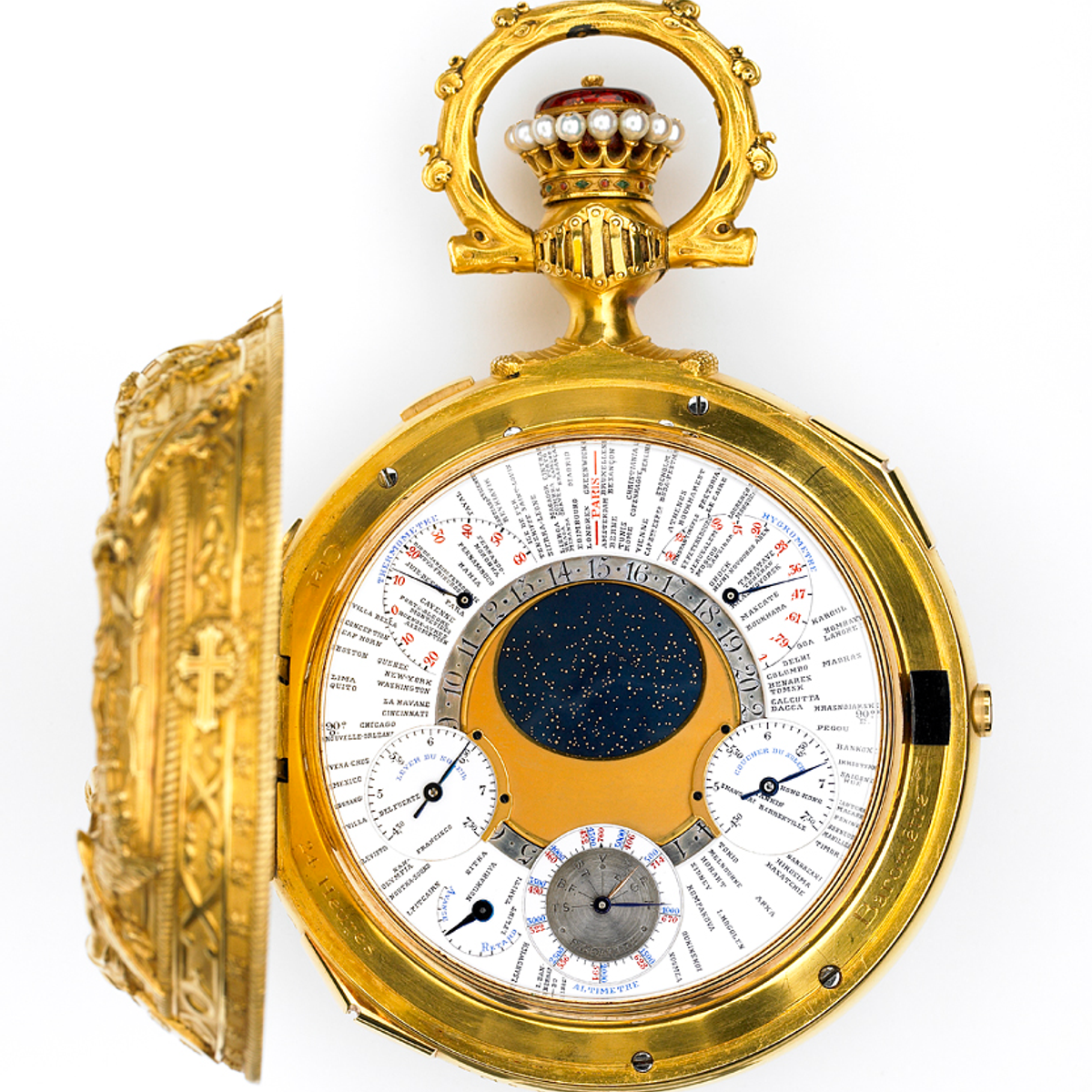Born in 1859 in Argenteuil, Louis Leroy earned his stripes working for his father, Théodore-Marie Leroy, horologist to the Navy and a recipient of the Legion of Honour. In 1879, aged twenty and already an accomplished watchmaker, Louis was nearing the end of a year’s training in England when he came to the attention of Casimir Halley Desfontaines. Established in London since 1854, Desfontaines had taken over Le Roy & Fils in 1845. He hired the young Leroy for the company’s Parisian workshops. Louis would grow close to the Desfontaines family to the point that, when Casimir died, the young watchmaker would take on increasing responsibilities within the business, which he bought in 1889 under the new name of L.Leroy & Cie. Now the owner of an established and reputable company known throughout Europe, he was determined to take advantage of the best watchmaking had to offer wherever it was found, and that meant Switzerland. Louis Leroy imported ébauches, escapements and even complete movements which were then decorated, assembled and adjusted in Paris. But it was a long way from the Jura to the French capital, hence in 1892 Louis Leroy opened workshops in Besançon, whose recently opened observatory provided a chronometer certification service.

